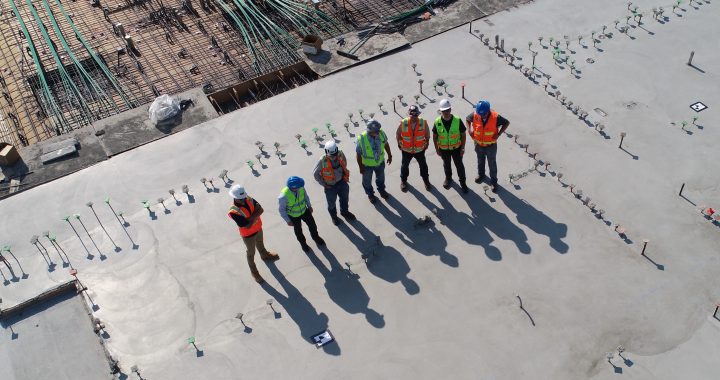Social distancing has turned the world upside down for most people. Think about all the change that happened when states, then companies started to adapt the way they operated. I’m sure you and everyone around you felt the uneasiness, uncertainty and may even have been afraid of what could happen personally and for your work.
Resilience is the ability to move through such change or chaos quickly using the least amount of energy reserves. Many people equate resilience with “bouncing back” after being depleted. With change being constant in our daily lives, living in a state of persistent depletion will negatively impact your cells, your body, mind, family and co-workers. Consistently being in a state of high stress is not healthy or normal. Stress depletes your cells, muscles and mental capacity internally and likely impacts your family and work relationships. Fortunately, resilience is a skill that can be learned by anyone.
Preparation is key
You don’t have to wait to be depleted to prepare yourself with enough energy to adapt to changes/stress quickly and get back to living your best life. Having energy reserves is like having money in the bank. You’re being proactive and storing energy regularly to have it available when you need it.
Ways to build your resiliency
Here are 4 approaches to build your resilience that you can start today. Ideally, you will embed these four approaches into your life BEFORE you have a major change or issue. However, it’s never too late to start. As you practice these actions, they will become natural habits.
Consider your choices: We all have choices in how we deal with any situation. You can act/react out of fear and negativity or you can choose to look for the positive possibilities in the change. For example, you have a choice to learn about the COVID-19 virus or you can perpetuate the fear with everyone you talk to. Sharing accurate knowledge about the disease is more positive than being so fearful you become paralyzed.
Reassess your perspective: Are you seeing the whole picture in a difficult situation? Is it possible you’re missing information? Seek clarity to make sure your perspective is accurate so you don’t waste time worrying about something that doesn’t exist. How often have you assumed someone, maybe a boss, would be upset that you’re 10 minutes late in the morning because it took longer to get the kids to school? Your manager was likely too busy with his/her priorities to notice. That’s a wasted use of your reserves. Do the best you can during the moment.
Prioritize positivity: We create most of the stress we feel by allowing our negative thoughts to sabotage us. How often have you had an argument with someone in your head and it never materialized. Yet, you reduced your energy reserves to have that one-sided argument. How often do you feel not qualified for a job? How often do you tell yourself you’re not good enough of a parent? Replace negative self-talk with positivity to build your reserves. Tell yourself that you’re the best parent you can be. You are qualified for the job. Push aside the negative voices and replace them with positive affirmations of who you are. You will feel lighter and better about yourself.
Practice refueling: Consider mental, physical, emotional and spiritual activities that make you feel good. It can be as simple as sitting quietly for 15 minutes to change your perspective or breakthrough a mental roadblock you’re having. Reading or exercising may help you recharge. Find what works for you and give yourself the time to practice it. Refuel your energy daily or as often as possible. The energy you get out will be worth the investment.
Tips for success
- Pick one or two of the above tactics and practice them every day.
- Make small changes and build on them. Make the changes small so you feel the accomplishment and progress.
- Pause occasionally to look around you and appreciate what you do have.
- Spend time examining the values you hold. Have they changed? If so, consider changing where you’re focusing your energy and time to reflect your current values.
- Treat yourself kindly.
Changing your behavior to build energy reserves can be challenging. However, you will feel the difference with each tiny step you take. When you continue to build on each new habit, you’ll end up with more ways of energizing yourself that will benefit you to move through any change quicker and easier. This is not to say that building your resilience will prevent you from life’s difficult challenges but having positive, healthy habits to draw on will better equip you to move through them.



